
Nature often hides its most stunning creations in plain sight, challenging our perceptions of what is naturally occurring versus manmade. From geometric patterns carved by the elements to surreal landscapes that defy logic, these natural structures captivate and inspire awe, making us question the boundaries of the natural world. Join me as I explore these incredible formations that blur the lines between nature and human ingenuity.
The Giant’s Causeway
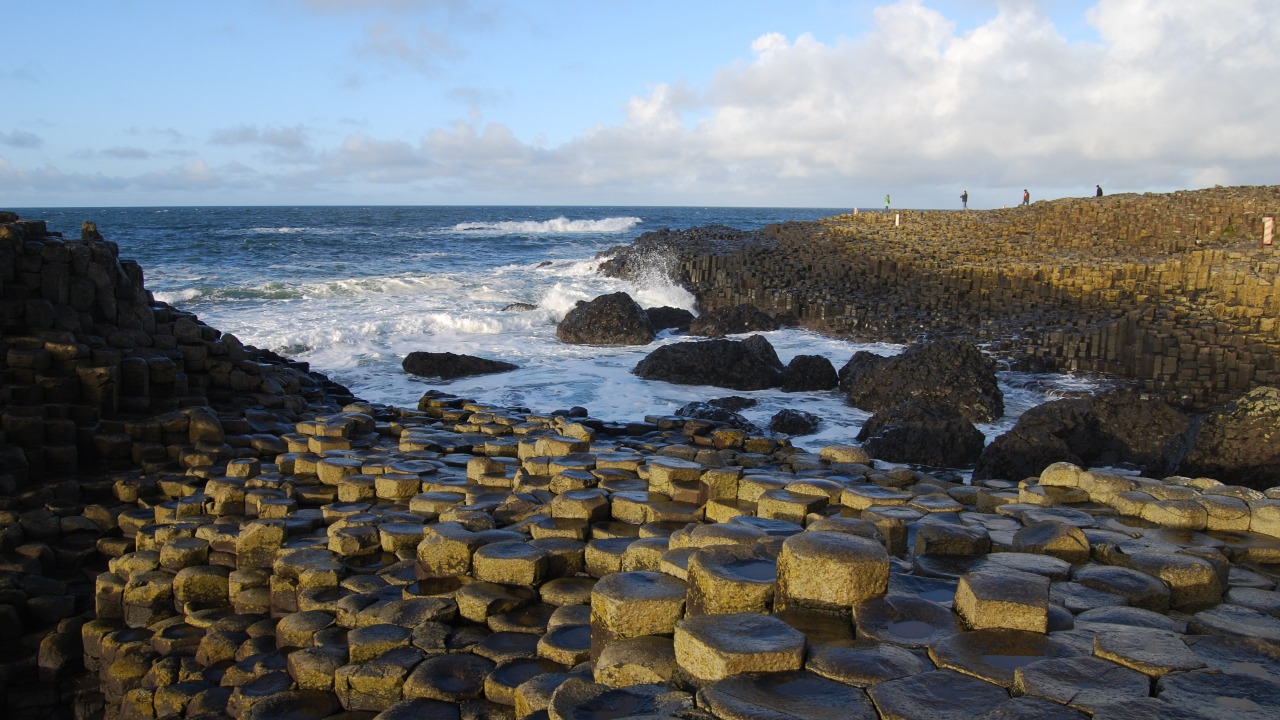
Located on the coast of Northern Ireland, the Giant’s Causeway features around 40,000 interlocking basalt columns. These columns, some towering up to 12 meters high, were formed by volcanic activity around 60 million years ago. The symmetry of these hexagonal stones is so precise that it seems almost impossible for them not to be crafted by human hands. However, it is the result of a fascinating natural process. For more intriguing rock formations, check out this list.
Antelope Canyon
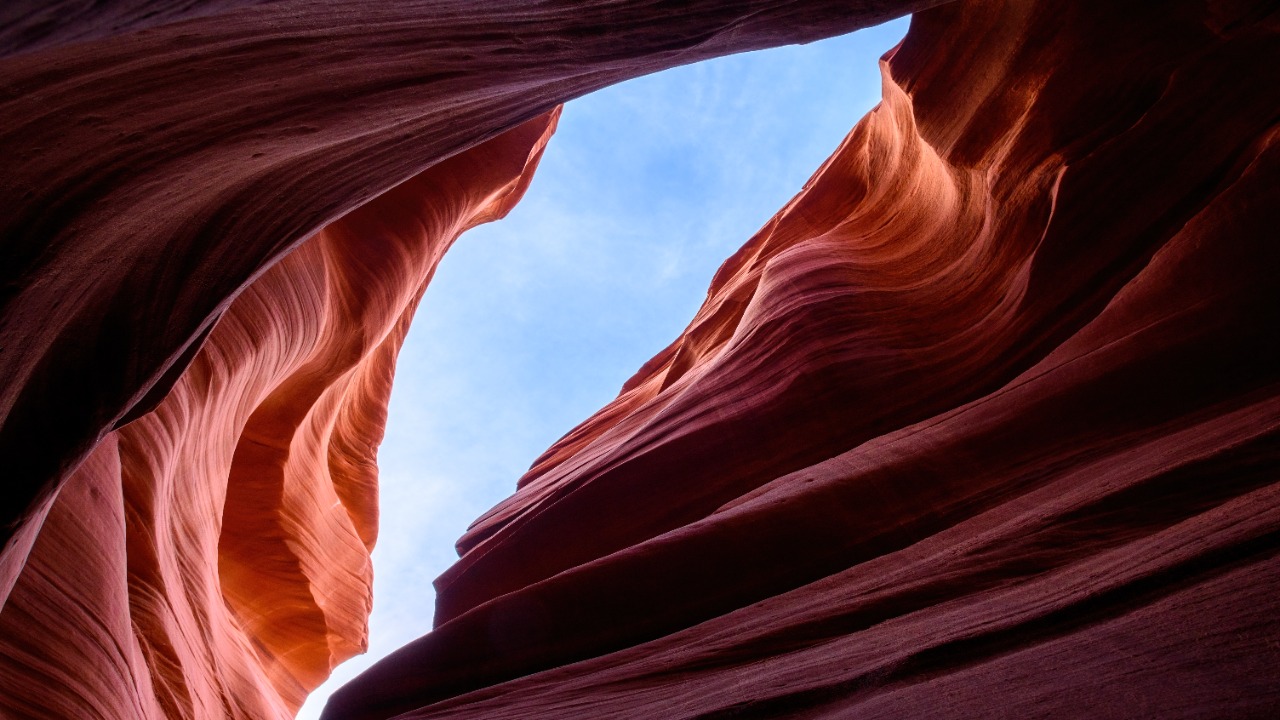
Antelope Canyon, situated in Arizona, USA, is renowned for its stunning wave-like structure and the light beams that shine down into the openings of the canyon, creating a surreal visual spectacle. The canyon walls are shaped by millions of years of water erosion, primarily by flash flooding.
Walking through this narrow canyon is like stepping into a dream, with its swirling sandstone walls bathed in hues of orange, red, and gold. This natural beauty has become a favorite spot for photographers and nature lovers alike.
Fingal’s Cave
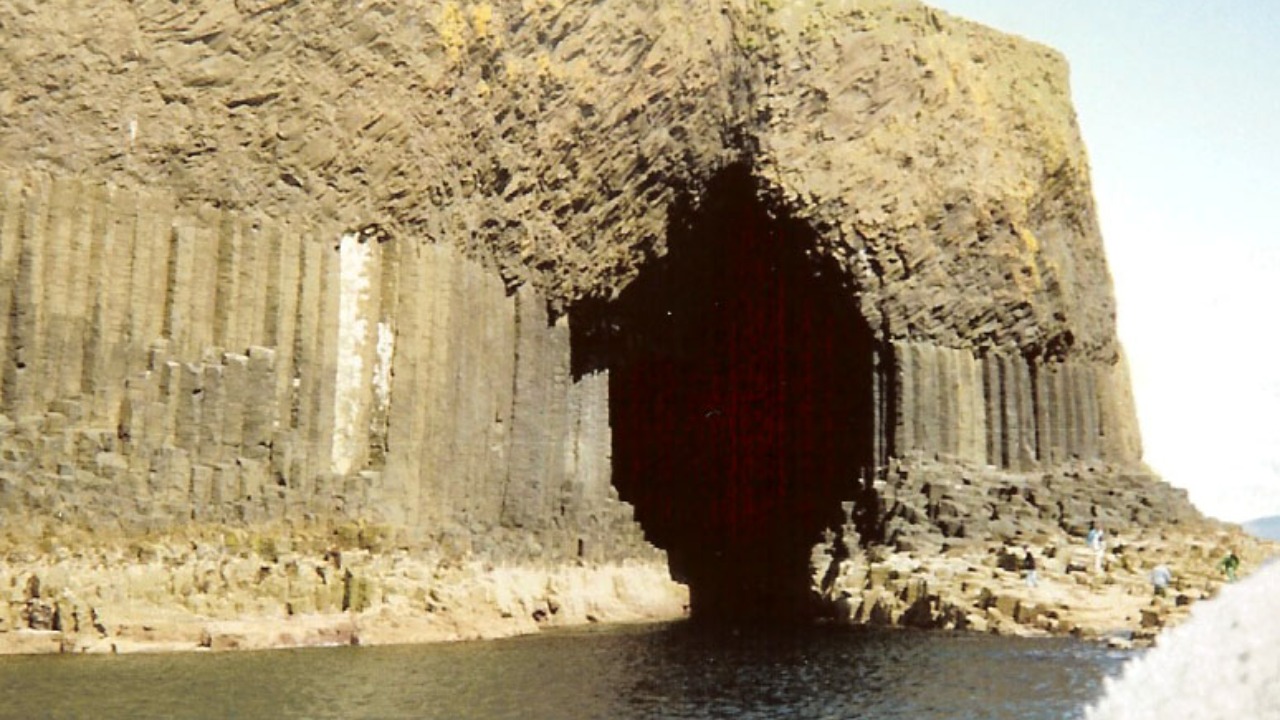
On the uninhabited island of Staffa in Scotland, Fingal’s Cave is a natural marvel with its cathedral-like atmosphere. Like the Giant’s Causeway, it features hexagonal basalt columns formed by volcanic activity. The cave’s acoustics are legendary, giving rise to its name derived from a poem by James Macpherson.
The rhythmic sound of the waves entering the cave adds an ethereal quality, making it feel like a place from folklore.
The Wave
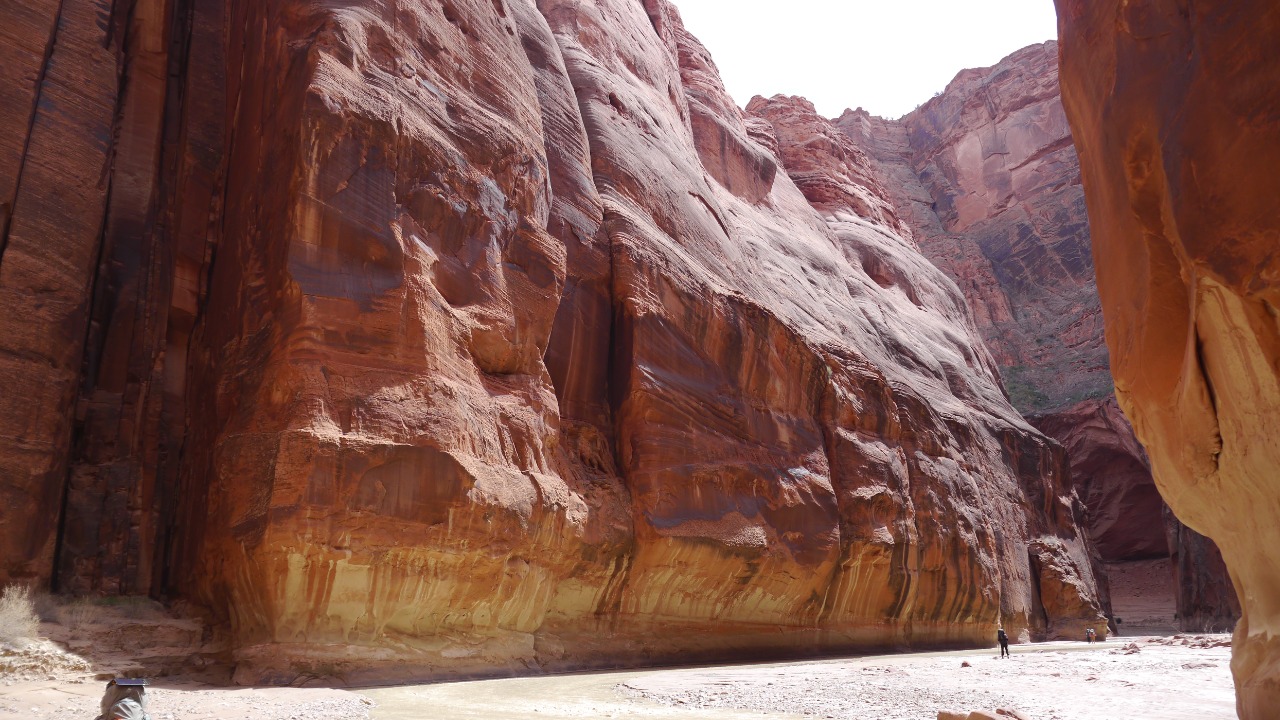
Found in the Coyote Buttes area of the Paria Canyon-Vermilion Cliffs Wilderness in Arizona, The Wave is a stunning sandstone rock formation known for its undulating, wave-like patterns. Its vibrant colors and hypnotic swirls have made it an iconic destination for hikers and photographers.
The formation’s unique appearance is due to the erosion of Navajo Sandstone, shaped by wind and rain over millions of years. For a deeper understanding of natural formations, you might find this study intriguing.
Pamukkale Terraces
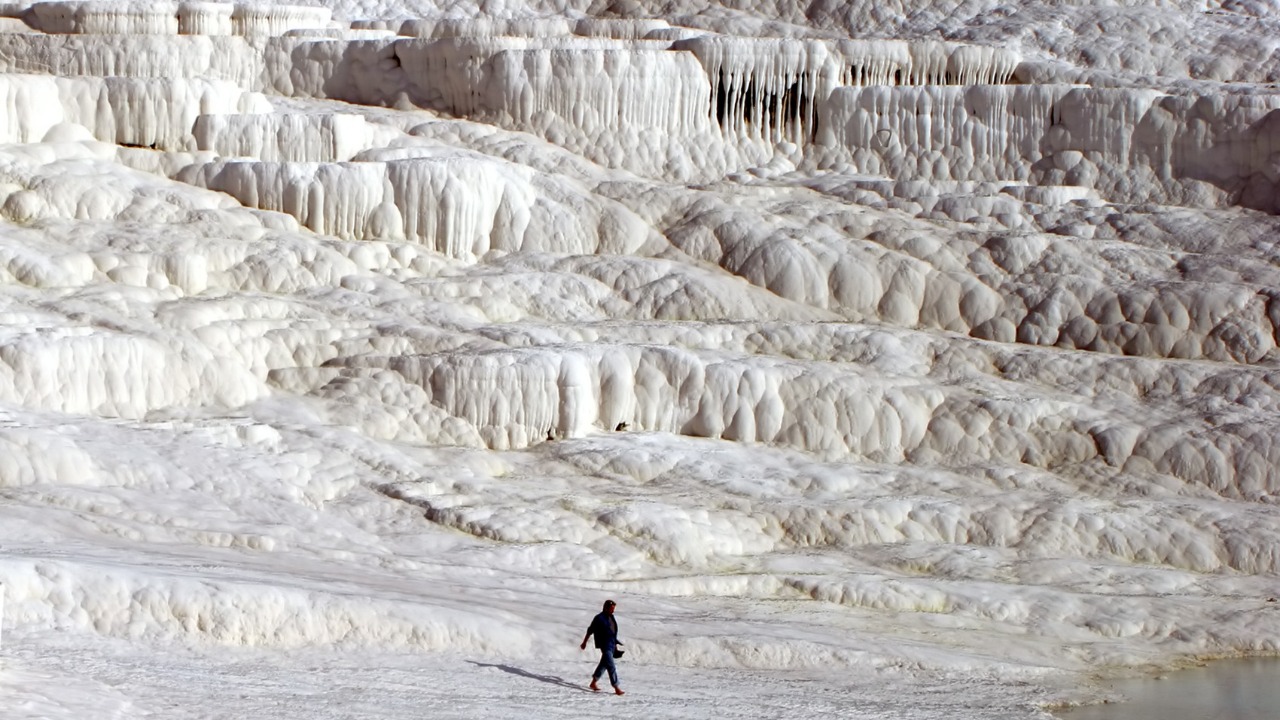
In southwestern Turkey, the Pamukkale Terraces present an otherworldly landscape of white travertine terraces filled with warm, mineral-rich waters. These terraces have formed over millennia as calcium deposits have built up and solidified, creating a series of cascading pools. The name “Pamukkale” translates to “Cotton Castle,” aptly describing this natural wonder.
The site has been a spa destination since the Roman era, offering both a visual feast and a soothing experience.
Bryce Canyon Hoodoos
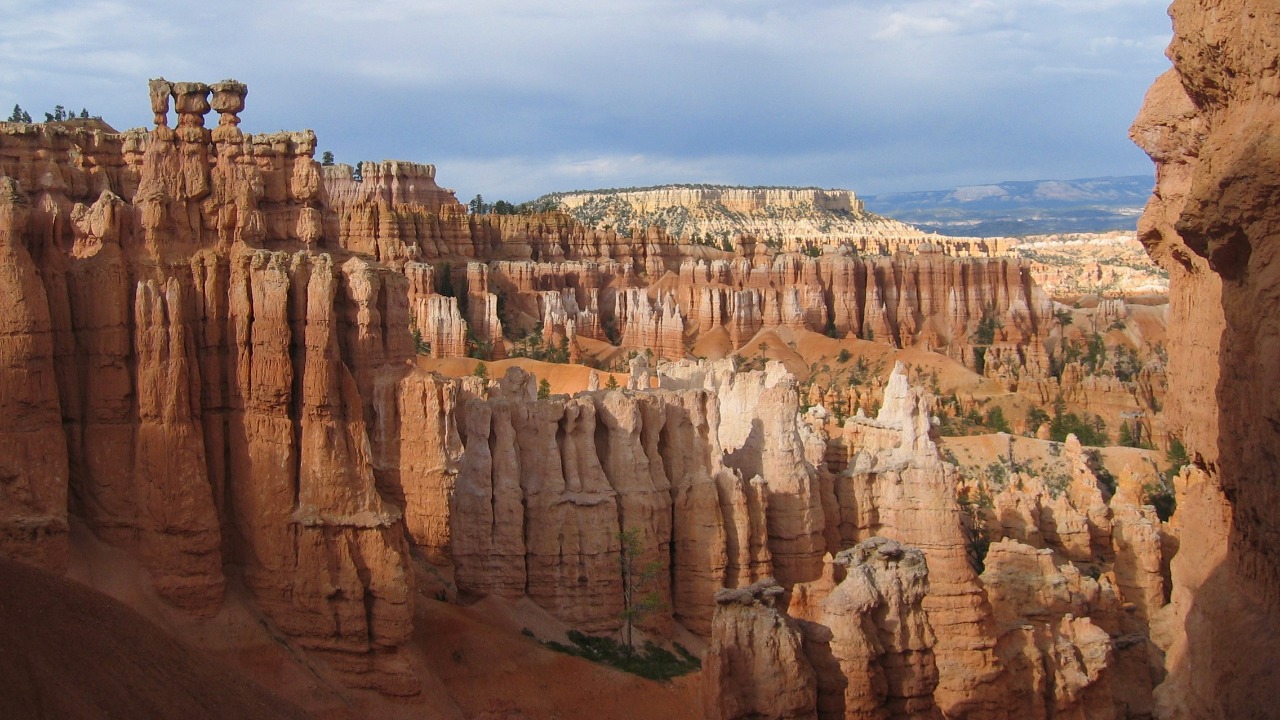
Bryce Canyon National Park in Utah is famous for its hoodoos, tall, thin spires of rock that protrude from the bottom of arid basins. These formations, created by erosion, range in size and shape, forming a natural amphitheater of stone.
The hoodoos’ spectacular colors, from deep reds to soft pinks, change with the light, creating an ever-shifting landscape. For more on how rock formations can impact our understanding of geological processes, see this research.
Chocolate Hills of Bohol
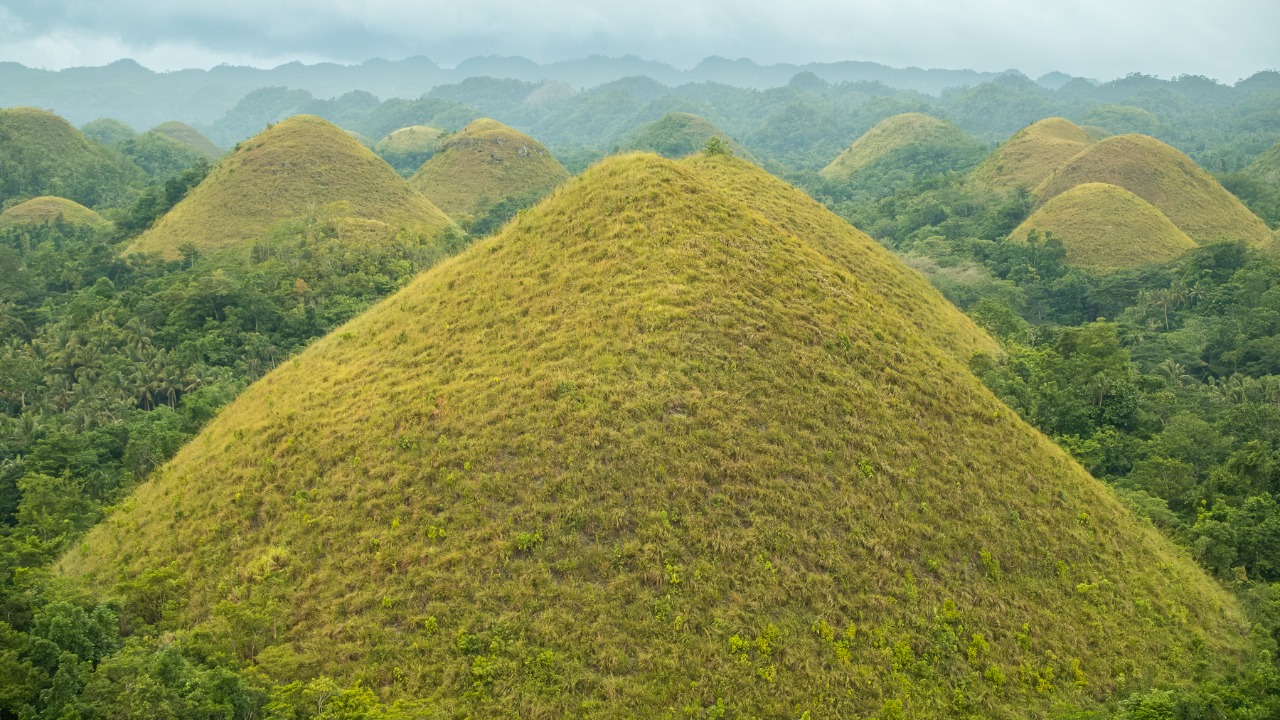
Located in the Philippines, the Chocolate Hills consist of over a thousand mounds spread over an area of more than 50 square kilometers. During the dry season, their grass-covered surface turns brown, resembling chocolate drops, hence the name. Despite their uniform shape, the origin of these limestone hills remains a subject of debate among geologists.
Whether the result of coral deposits or a tectonic process, their geometric perfection continues to mystify visitors.
The Eye of the Sahara
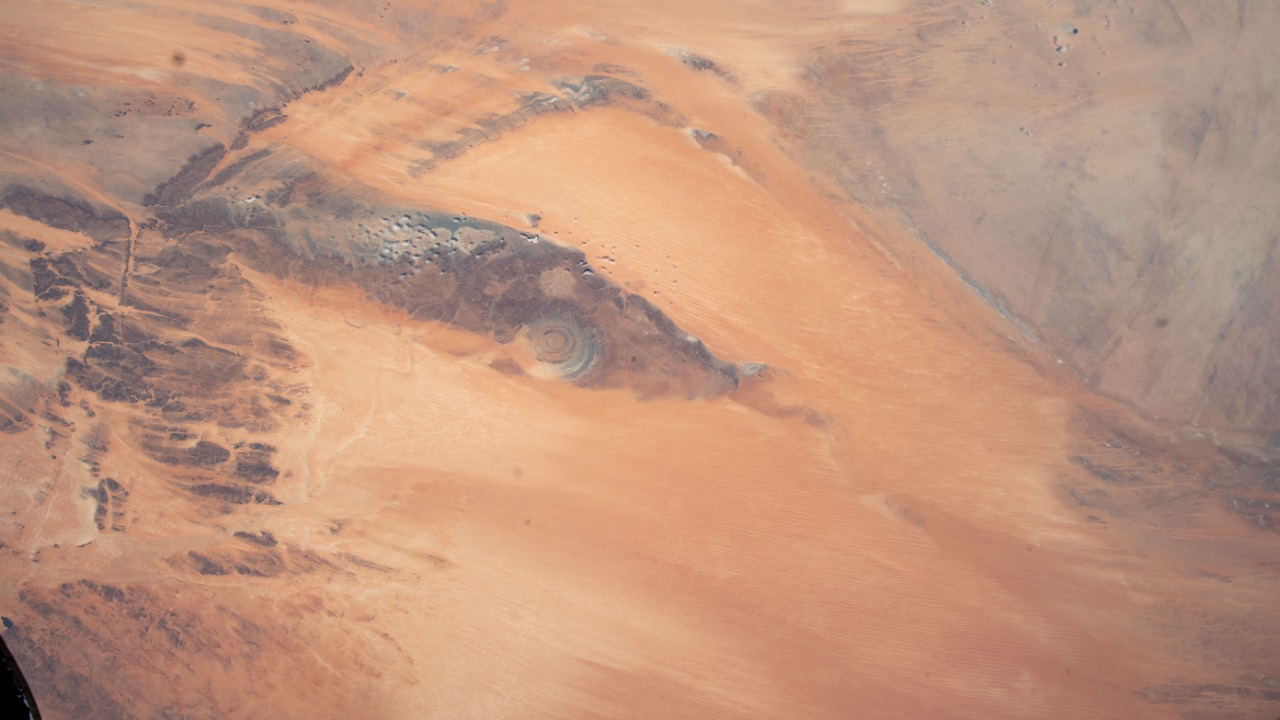
Also known as the Richat Structure, the Eye of the Sahara is a circular geological formation in the Sahara Desert of Mauritania. Spanning approximately 40 kilometers in diameter, it resembles a giant eye when viewed from space. Initially thought to be an impact crater, it is now considered a deeply eroded dome.
The concentric rings of rock create a striking pattern that stands out in the arid landscape. If you’re curious about the geological complexity of such formations, you might find this article enlightening.